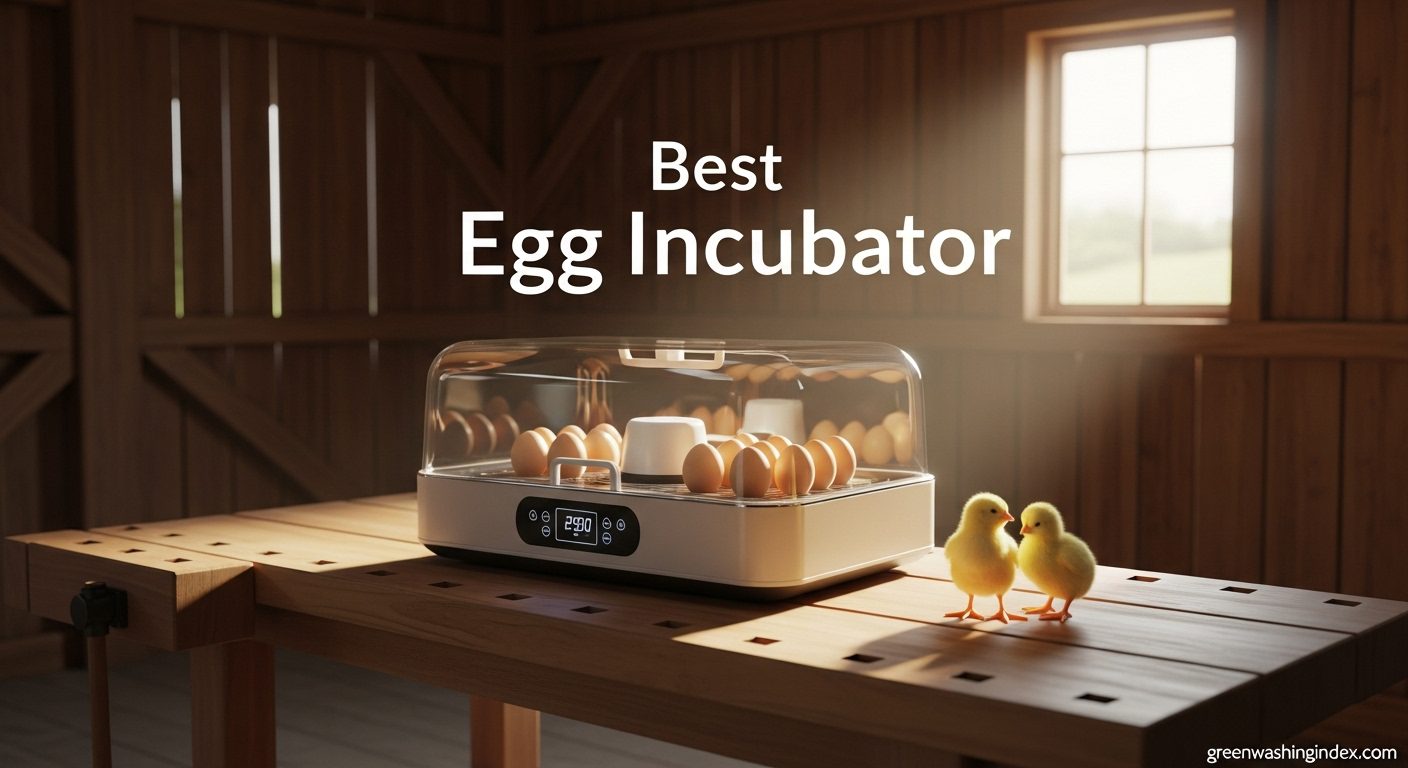
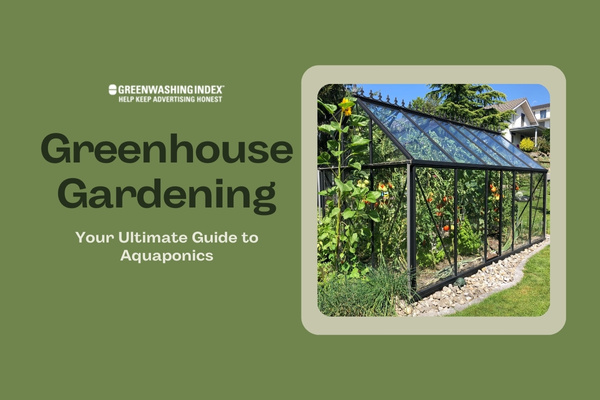
As a greenhouse gardening enthusiast, you understand there’s more than meets the eye when it comes to optimizing your indoor space. But have you ever considered incorporating aquaponics into your gardening strategy? Trust me; you’re missing out on a groundbreaking innovation that seamlessly merges aquaculture and hydroponics.
If the phrase “Greenhouse Gardening: Your Guide to Aquaponics” piques your curiosity, here’s what it means in simpler terms. It involves creating an enclosed ecosystem where fish and plants thrive symbiotically. Imagine fish waste providing essential nutrients for your vegetables while the plants naturally purify the water — a win-win for both parties!
What You’ll Discover Here:
Immersing yourself in the world of greenhouse gardening can be a transformative experience. You initially begin with barely a patch of greenery, and then watch as that flourishes into a bountiful ecosystem. One stellar technique aiding in this process is aquaponics; an often underappreciated method that has revolutionized sustainable farming.
Aquaponics is a unique blend of two methods—hydroponics and fish farming—that serve to benefit each other in a symbiotic relationship known as fish-plant symbiosis. It employs the nutrient-rich water from fish ponds or tanks to irrigate and fertilize plants, essentially creating an organic circle that benefits both parties.
Some compelling reasons for integrating hydroponics are:
Understanding this technique can drastically improve your greenhouse gardening prowess while making it environmentally friendly.
Aquaponics breathes life into greenhouse gardening by forming an ecological cocoon around your green friends. It accomplishes this by producing optimal nutrients from the fish waste while lowering instances of pests.
Key points reflecting interdependence are:
Basking in this synergy, your greenhouse becomes a hotbed for accelerated plant growth and vigor. They help each other thrive, creating an eco-friendly cycle that contributes remarkable gains in productivity and sustainability. Hence, integrating aquaponics into your greenhouse gardening routine can result in an affluent oasis where produce thrives all year round.
Are you craving for fresh vegetables year-round? Considering an eco-friendly step towards sustainable farming? Set up your own aquaponics greenhouse garden. It’s simpler than you may think and immensely rewarding.
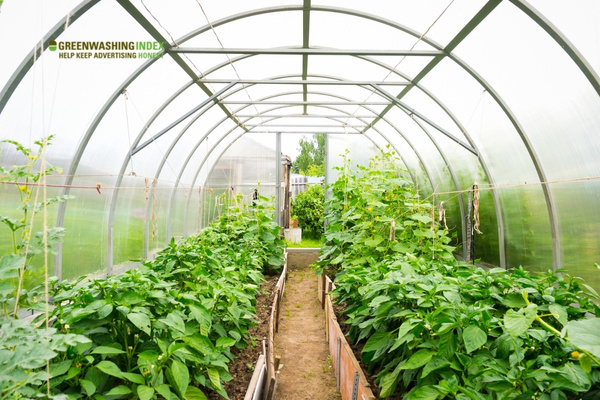
The beauty of greenhouse gardening using aquaponics lies in its simplicity and efficiency. An aquaponic system, essentially, is a marriage between hydroponics (soil-less plant cultivation) and aquaculture (fish farming). The integration forms a fish-plant symbiosis that speeds up plant growth while filtering water for the fish too.
So what do you need to start your very own organic gardening abode?
Now let’s map out the process:
Presto! With these steps ticked off, you’re all set on your journey towards sustainable farming through greenhouse gardening!
Believe it or not – All plants or fish aren’t suited for an aquaponics system. Let’s explore more about the ideal candidates for your controlled environment agriculture.
When it comes to fish, you need species that can tolerate varying water conditions. Hardy and adaptive, goldfish make a perfect starting point for beginners.
Moving onto plants, those able to thrive in a wolfed-down version of nutrients are your best allies. Leafy greens like spinach, kale, or lettuce fit the bill. Herbs such as basil or mint prove productive choices too.
As far as vegetables go, tomatoes might be somewhat ambitious for a starter but doable nevertheless with consistent effort and monitoring.
Remember – while plant choice is mostly driven by personal consumption preferences and regional climatic conditions; fish selection heavily banks on their tolerance range towards changing conditions within the tank (pH levels, nitrate concentration, etc.)
By integrating aquaponics into greenhouse gardening – not only does one enjoy fresh produce right at home but also contributes significantly toward eco-friendly gardening techniques!
Aquaponics greenhouse gardening requires particular attention to ensure that your eco-friendly garden thrives. Considerations such as maintaining a healthy environment and conducting regular checks are essential elements in running an aquaponic system. Let’s delve into these aspects.
Preserving an ideal balance in the aquaponics system is essential for effective greenhouse gardening. Here are key considerations:
Other factors include proper aeration to promote oxygen circulation and nutrient management for plant growth.
Routine checks are critical to detect issues early on before they escalate into complex problems affecting greenhouse gardening. The following guide contains valuable points:
Greenhouse gardening with aquaponics integration is like conducting a beautiful orchestra where each player has a crucial part. Hence, it requires constant nurturing for all elements to remain in harmony towards creating and maintaining an environment conducive to sustainable farming.
These organic gardening methods not only promote healthy produce but also contribute significantly to preserving Mother Earth.
As you dive deeper into the world of greenhouse gardening, you might start thinking about expanding your aquaponics operation. It may seem like a daunting task, but with the right tips and considerations, it can be a seamless transition.
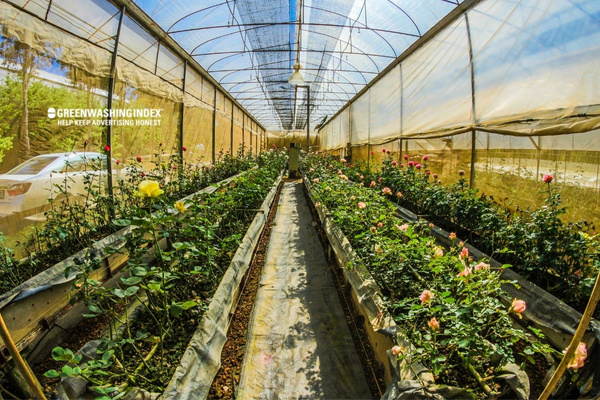
There are key moments in your greenhouse gardening journey when you start feeling comfortable with your existing setup. It’s during these instances that thoughts of expansion often occur. So how do you exactly scale up your operations? Here are some important nuggets of advice:
Bear in mind that while growth can be good, within reason of course – complicated issues may arise without proper planning or too rapid an expansion.
Scaling operations come with its own set of challenges. Here are some common problems along with solutions:
Growing your love for greenhouse gardening into a full-fledged commercial enterprise is nothing short of exciting. Ah, but the devil lies in the details! Space, resources, finances – all should be planned diligently. Here I share my thoughts on transitioning from a backyard hobbyist to a marketplace player and evaluating financial prospects.
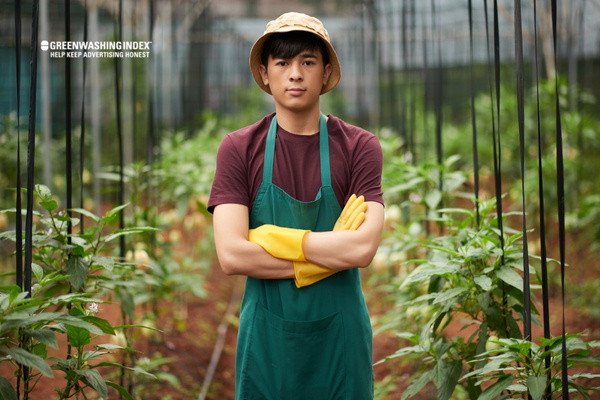
The process of switching from your cozy backyard garden to a larger commercial setup requires more than simply expanding operations. Here’s what you need to consider:
Before diving into setting up your commercial-scale greenhouse garden, let’s talk numbers!
Economic feasibility is just one aspect – do remember sustainable farming isn’t just good for the planet, but also for your pocket in the long run. Analyze profits and costs with thorough research to establish a firm groundwork before kickstarting your venture.
Remember, Rome wasn’t built in a day neither will be your commercial greenhouse garden. Patience, grasshopper!
Maintaining a healthy aquaponics system involves regular checks and balances. You need to consider temperature control, lighting sources and water levels. Routine inspections for any potential pest or disease outbreaks are also pivotal.
Leafy greens like lettuce and herbs fare well in an aquaponics system, as do tomatoes and cucumbers. As for fish, tilapia, catfish, koi, and goldfish prove to be great cooperative residents of your greenhouse gardening endeavor.
Yes. Overloading your system with too many fish can lead to adverse consequences. Also neglecting measuring critical parameters like pH level or temperature can cripple the fish-plant symbiosis essential for successful greenhouse gardening.
My journey into greenhouse gardening utilizing aquaponics has been both enlightening and rewarding. I’ve learned that through sustainable farming and controlled environment agriculture, we can raise a variety of plants in eco-friendly gardening techniques.
This integrated system not only enhances plant growth but also promotes fish-plant symbiosis, a true testament to nature’s balance. As well, the move from backyard hobbyist to commercial production was challenging but completely doable with the right financial considerations and profitability analysis. Greenhouse gardening is indeed a viable solution for our ever-growing global food demands while caring for Mother Earth.
Key Takeaway Points

Don't let aphids, slugs, and caterpillars ruin another plant. Take back control with simple, natural methods that actually work.